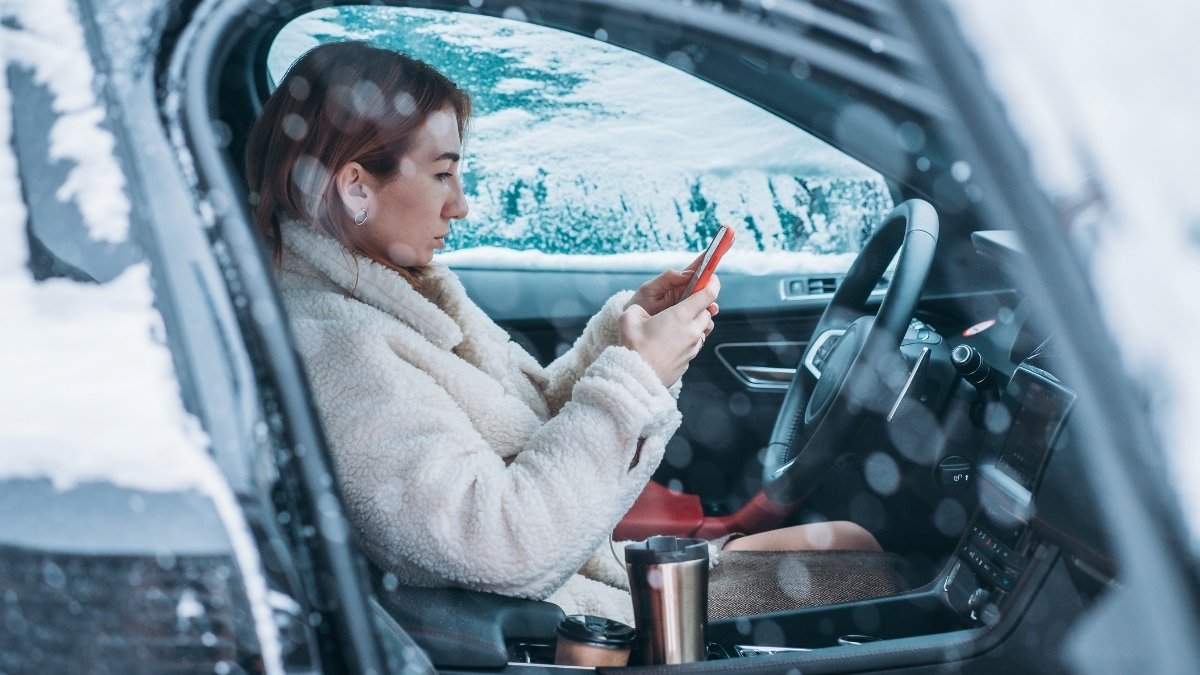I thought I had seven hours to outrun Winter Storm Blair before it hit. I was catastrophically wrong. Within just two hours of leaving, I was buried deep in a snowdrift on a deserted highway with the blizzard raging around me.
For the next 72 hours, I fought hypothermia, carbon monoxide poisoning, and my own panic while trapped in my car at -30°F. These are the survival decisions that saved my life—and the deadly mistakes I almost made.
If you drive in winter weather, what I learned during those three days could mean the difference between life and death.
Hour 1-6: The mistake that almost killed me
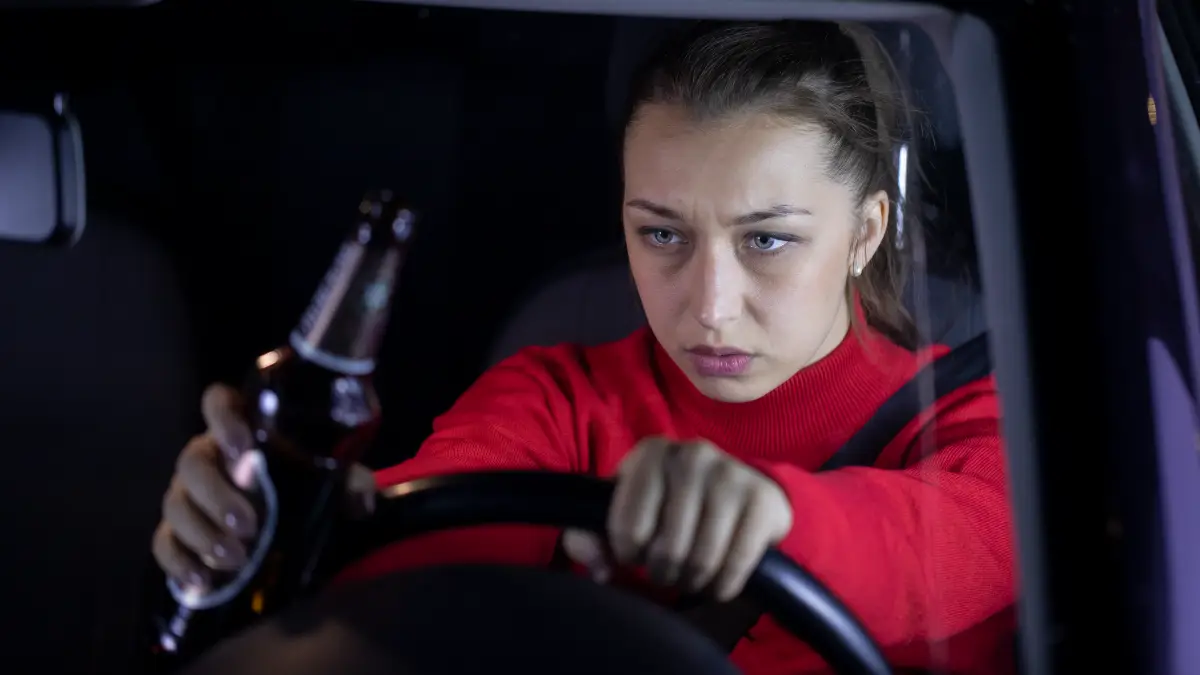
I checked the weather at 2 PM. Winter Storm Blair was forecast to hit at 9 PM. I figured I had seven hours to make the four-hour drive home. I was wrong.
Within an hour, the snow started. Light at first—just flurries dancing in my headlights. Nothing serious. By hour two, the wind picked up, pushing my car sideways on the highway.
Still, I pressed on. “I’ve driven in snow before,” I told myself. That confidence nearly killed me. At 4:17 PM, it happened. The white wall of snow appeared out of nowhere—a complete whiteout.
Visibility dropped from a quarter-mile to zero in seconds. I slowed down, but not enough. My car drifted off the road and sank into a drift. Wheels spinning, engine revving, going nowhere. I was stuck.
That’s when I made my first critical error. Through the swirling snow, I thought I saw lights about 200 yards away. “Walk to that building! Find help!” I zipped my coat, pulled on my gloves, and reached for the door handle.
But then I remembered something I’d read on the National Weather Service website “Stay in the vehicle! If you leave your vehicle, you will become disoriented quickly in wind-driven snow and cold.”
That sentence saved my life.
According to AAA, your vehicle provides temporary shelter and makes it easier for rescuers to locate you—the mortality rate goes up dramatically when leaving. The tragic story of the Kim family flashed through my mind.
In 2006, James Kim died after leaving his vehicle to find help in Oregon, while his wife and children survived by staying with their car. With the wind chill at -30°F outside my car, hypothermia could develop in just 10 minutes.
CBS News reports that at these temperatures, exposed skin freezes in minutes, and disorientation happens quickly. So I stayed put. I tried calling 911, but the circuits were overloaded.
Then I remembered my emergency plan. I texted my exact GPS location to my family and three friends with the message “EMERGENCY. Stuck in snow on Highway 43. Coordinates below. Call rescue.”
For the next six hours, I took inventory of my supplies half a tank of gas, two bottles of water, granola bars, a blanket, phone charger, and a flashlight. Not much, but it would have to do.
This wasn’t just a winter emergency anymore. This was survival. Like the hundreds of drivers stranded for 27+ hours on Virginia’s I-95 in 2022, I realized that staying in my vehicle was my best chance.
All those stranded motorists survived because they followed this one rule: stay in your vehicle and wait for first responders.
I pulled out my phone, texted my GPS coordinates to five people, and settled in for what I thought would be a 6-8 hour wait. I was wrong. But that text message would eventually save my life.
The carbon monoxide danger no one talks about
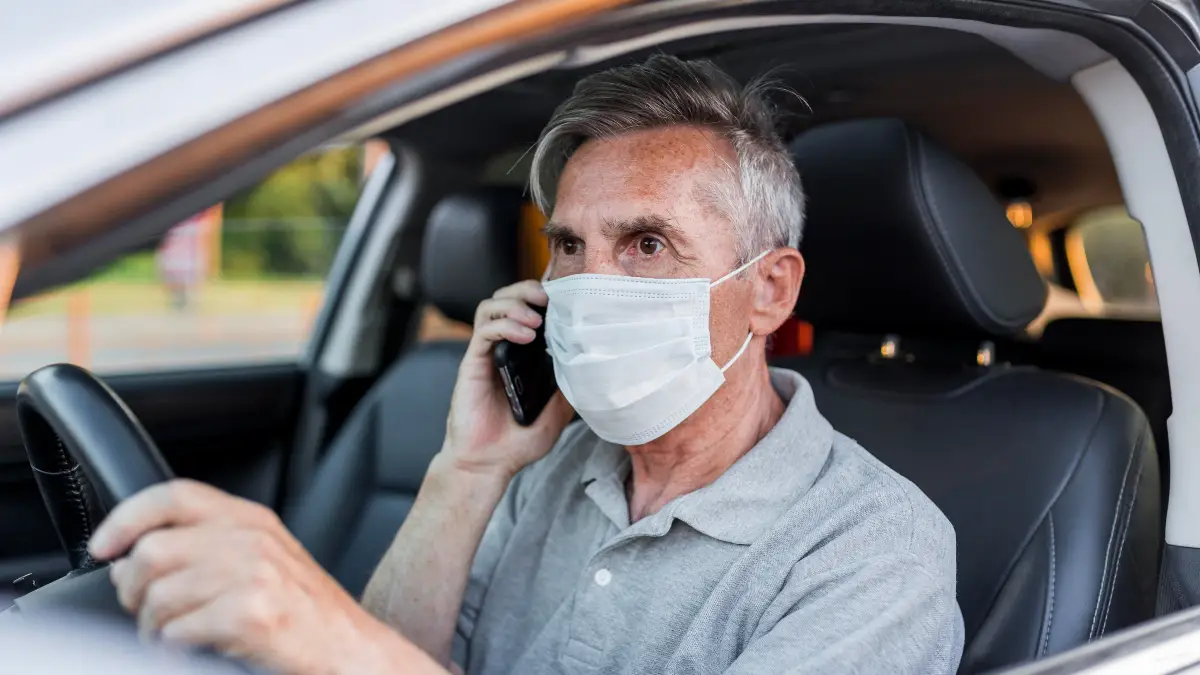
At hour 8, I started the engine to warm up. I ran it for 20 minutes straight. I didn’t check the exhaust pipe. This is how Anndel Taylor died.
In December 2022, 22-year-old nurse Anndel Taylor got stuck in Buffalo’s historic blizzard just six minutes from her home. She called 911 multiple times, but help couldn’t reach her.
After 18 hours trapped in her car, she died. The suspected cause? Carbon monoxide poisoning from her snow-covered tailpipe. If snow covers your exhaust pipe while your engine runs, carbon monoxide backs up into your car. The science is terrifying.
A test by the Maplewood Fire Department showed dangerous CO levels reached in just 1 minute and 24 seconds with a blocked exhaust. It can kill in 15-20 minutes.
According to the CDC, over 400 Americans die annually from unintentional carbon monoxide poisoning. Sashalynn Rosa and her 1-year-old son died in New Jersey from CO poisoning when their tailpipe was covered in snow while the car was running.
“Within 15-20 minutes, CO poisoning can kill in a car like that,” warned Fire Chief Michael Dingelstedt.
Once I realized this danger, I developed a strict protocol:
- Before starting the engine, I forced myself outside to clear the exhaust pipe completely
- I used my water bottle to dig out a foot-wide clearing around the tailpipe
- I checked for drifting snow every 10 minutes while the engine ran
- I cracked the window farthest from the wind to ensure fresh air circulation
The National Weather Service recommends running your engine only 10 minutes per hour to conserve fuel while maintaining warmth. This also minimizes the risk of carbon monoxide buildup.
Each time I needed heat, I followed this exact sequence:
- Put on gloves and hat
- Exit vehicle quickly
- Clear tailpipe completely
- Start engine
- Crack window slightly
- Run heater on high for 10 minutes
- Turn off engine
- Repeat only when necessary
I now keep a portable CO detector in my car. It costs $25 on Amazon. It could save your life. This simple device would have warned Anndel Taylor before the invisible, odorless gas reached deadly levels. It’s the winter safety measure no one talks about—until it’s too late.
My 72-hour survival strategy (what actually worked)
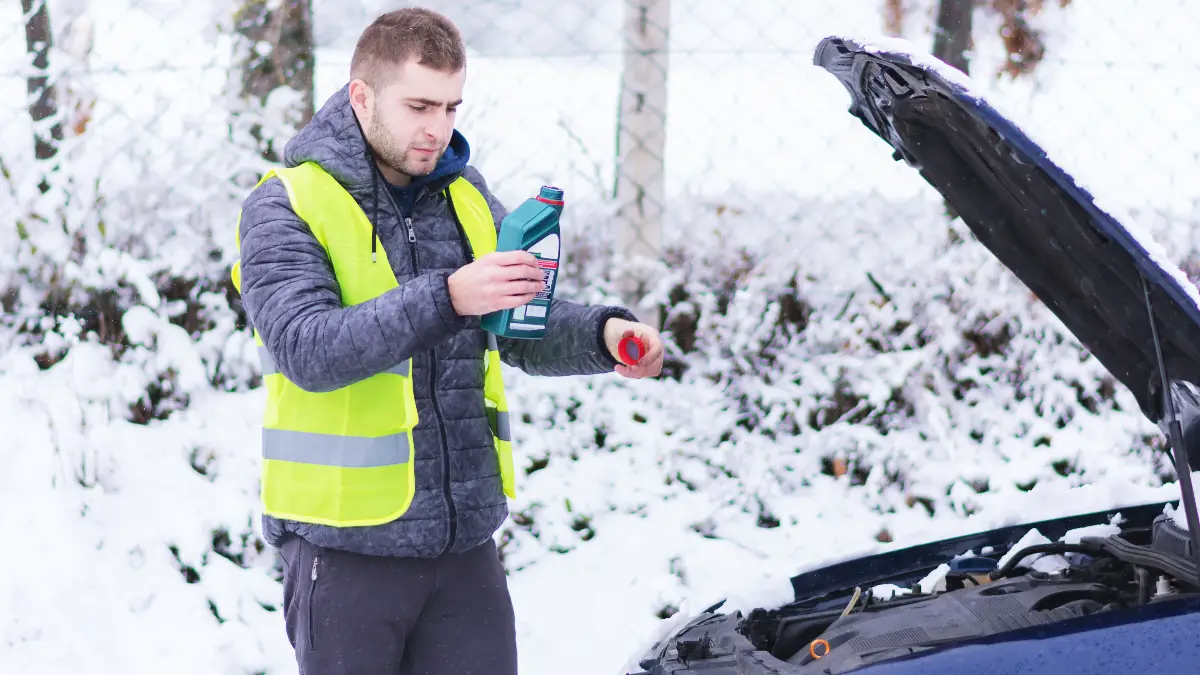
The advice that felt most wrong—only running my engine 10 minutes per hour—turned out to be the strategy that saved my life.
According to the National Weather Service, this 10-minute rule works because your car retains heat surprisingly well, especially if you trap it effectively. By running the engine just 10 minutes each hour, I stretched my half tank of gas to last the entire 72 hours.
My car became a carefully managed survival pod. The second tactic surprised me even more: layering with absolutely everything available. I used the floor mats as insulation between my back and the cold seat.
Maps became extra layers under my clothes. The emergency mylar blanket reflected my body heat back to me. Even the owner’s manual went inside my jacket as an extra windbreak layer over my chest.
Staying visible was my third priority. I tied my bright red scarf to the antenna so it would wave above the snow. When I ran the engine, I turned on the dome light to make my car visible to rescuers.
After the snow stopped, I raised the hood—the universal signal for a stranded motorist. These visibility tactics are why search and rescue eventually spotted me.
Hydration was as crucial as warmth. Arctic survival instructor Charles Dornford says, “The more hydrated you are, the warmer you will be.”
When my water ran out on day two, I collected clean snow in a water bottle and placed it on the dashboard during my 10-minute engine runs to melt it. This kept me hydrated without wasting precious body heat.
Equally important was movement. Every 30 minutes, I forced myself to do light exercises in my seat:
- Arm circles (20 forward, 20 backward)
- Finger and toe wiggling for 60 seconds
- Shoulder shrugs and neck rolls
- Tightening and releasing leg muscles
- Seated marching motions
The National Weather Service notes that these movements improve circulation without causing sweat (which would be dangerous). I was careful never to exercise hard enough to sweat.
This approach has saved others for even longer periods. Peter Skyllberg survived 60 days in a snow-buried car in Sweden using the “igloo effect” where snow actually insulated his vehicle.
Rita Chretien survived 49 days in Nevada by rationing trail mix and melting snow for water. Lauren Weinberg survived 10 days in Arizona with just two candy bars by following similar principles.
Did you know you can lose 40-45% of your body heat through an unprotected head? I kept my hat on even while sleeping and wrapped a scarf around my face to protect from frostbite.
For EV owners, there’s an advantage in these situations. Car and Driver tests found that modern electric vehicles with a full charge can provide heat for 45-59 hours with no carbon monoxide risk.
Their heat pumps are 3-4 times more efficient than gas heaters at maintaining cabin temperature.
If you remember nothing else from my survival story: (1) Run engine only 10 minutes per hour, (2) Layer everything you can find, including floor mats and papers, (3) Move your body every 30 minutes to maintain circulation without sweating, and (4) Stay hydrated at all costs.
My winter emergency kit helped, but these four tactics were the difference between life and death during those 72 hours.
Warning signs I watched for constantly
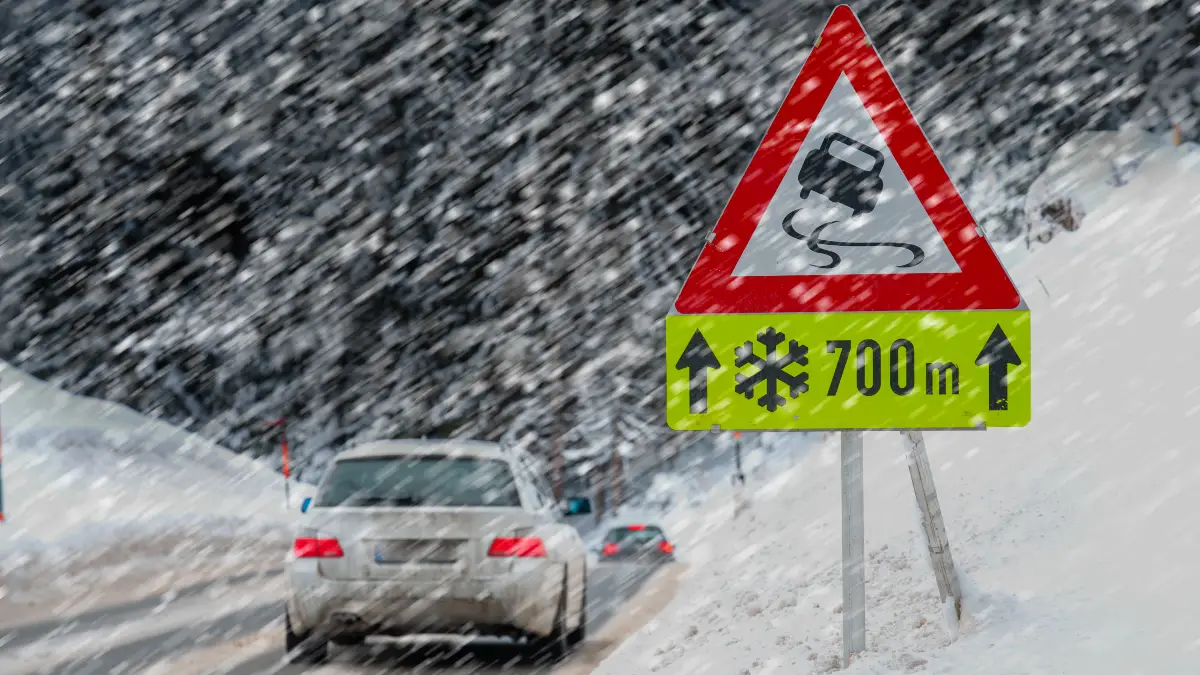
At hour 52, my hands were shaking. Not from cold—from fear. I was checking myself for the three warning signs of moderate hypothermia, and I had two of them.
Throughout my ordeal, I constantly monitored myself for hypothermia, which occurs when body temperature drops below 95°F. According to the Canadian Red Cross and Ready.gov, hypothermia progresses through three distinct stages, each with specific symptoms.
Mild Hypothermia (95°F-89.6°F)
- Uncontrollable shivering (your body’s attempt to generate heat)
- Numbness in fingers, toes, ears, and nose
- Slight confusion or difficulty thinking clearly
- Loss of complex motor skills (can’t tie shoelaces)
Moderate Hypothermia (89.6°F-82°F)
- Shivering STOPS (dangerously deceptive sign)
- Slurred speech, as if drunk
- Fumbling hands, loss of coordination
- Drowsiness and significant confusion
- Reduced pulse and breathing rate
Severe Hypothermia (below 82°F)
- No shivering
- Glassy, distant stare
- Possible unconsciousness
- Barely detectable breathing
- This is a MEDICAL EMERGENCY—requires immediate professional care
I learned that body temperature below 95°F is a serious medical emergency. According to medical experts, survival rates for mild hypothermia are close to 100% with prompt treatment, but drop to just 50% for severe hypothermia even with hospital care.
I also watched for frostbite, particularly on my most vulnerable areas—fingertips, toes, nose, and ears. Ready.gov warns that frostbite can occur in as little as 30 minutes at temperatures below -16.6°F with wind, which matched the conditions outside my car.
The most disturbing fact I learned was about “paradoxical undressing.” In 20-50% of hypothermia deaths, victims remove their clothing because damaged nerves make them feel burning hot despite freezing to death.
CBS News reports that finding discarded clothing is often how rescuers locate those who’ve died from hypothermia.
My hourly check system was simple but effective:
- Set phone alarm for every hour
- Check and record shivering status (yes/no)
- Test speech by reciting my address aloud
- Test coordination by touching thumb to each finger
- Check color of fingernails and skin
- Note any unusual feelings or thoughts
This vigilance kept me aware of my condition and may have saved my life. When I noticed symptoms of moderate hypothermia starting to appear at hour 52, I immediately added layers, did gentle exercises, and forced myself to eat a protein bar to generate internal heat.
Don’t ignore warning signs. Know them, check for them, and act immediately if you spot them. Your body will tell you when it’s in trouble—but only if you know how to listen.
The emergency kit that saved my life
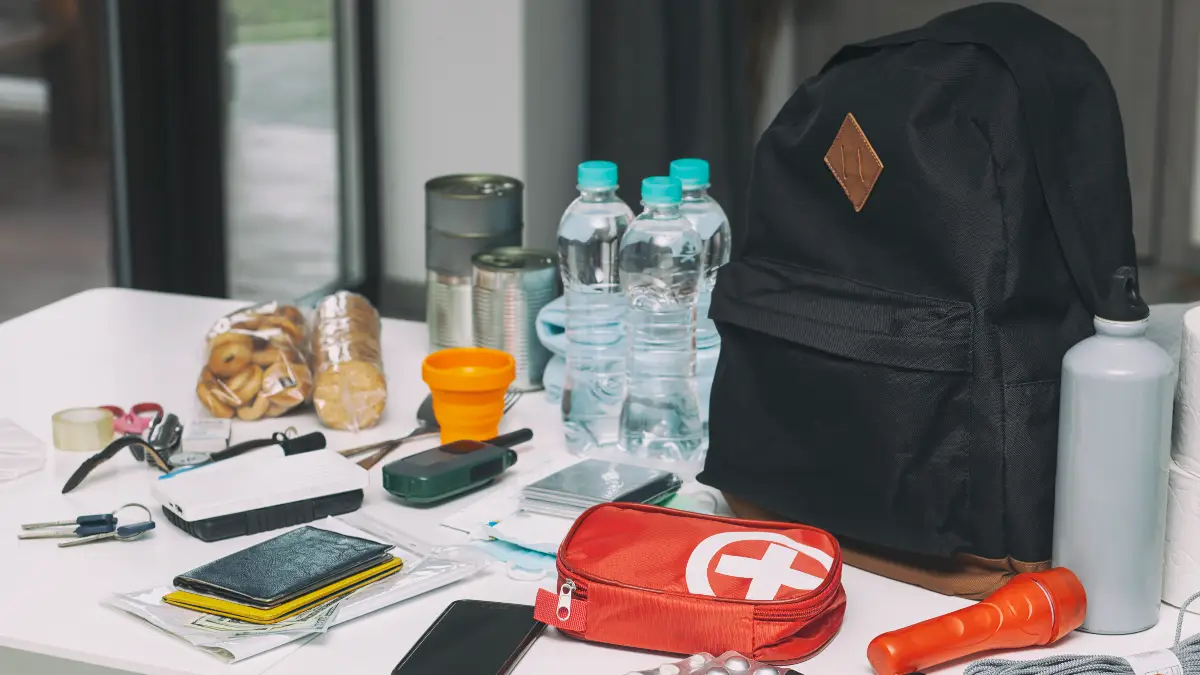
I had a flashlight, a first aid kit, and a blanket. I thought I was prepared. I was wrong. Here’s what actually saved my life—and what I wish I’d had.
When I first became stranded, I took inventory of my emergency supplies. What I actually had was woefully inadequate, one thin blanket, a small flashlight with dying batteries, three granola bars, two bottles of water, a phone charger, a small first aid kit, and a red scarf.
This wasn’t a proper winter emergency kit—it was barely the basics. What I used most frequently surprised me. The red scarf became my signal flag. The blanket and my coat were my only real insulation.
The phone charger literally kept my connection to the outside world alive. The granola bars were gone by day two. Everything else was supplemental.
A carbon monoxide detector ($25-40), a sleeping bag rated for extreme cold ($75-100), a metal container for efficiently melting snow ($15), more high-calorie food ($20), hand warmers ($10), and a proper emergency radio ($35). For under $200, I could have been significantly more comfortable and safer.
The complete winter survival kit recommended by experts from the National Weather Service, AAA, Red Cross, and FEMA includes items organized by category.
Cold Weather Survival:
- 2-3 heavy blankets (essential)
- Sleeping bag rated to -10°F
- Extra winter clothing (hat, gloves, socks)
- Hand and foot warmers (10+ pairs)
- Emergency mylar blankets
Signaling/Visibility:
- Bright-colored cloth (red or orange)
- LED road flares or reflective triangles
- Whistle
- Flashlight with extra batteries
Communication:
- Phone charger/power bank (10,000+ mAh)
- Emergency radio
- Written list of emergency contacts
Food/Water:
- 1 gallon water per person
- High-calorie, non-perishable foods
- Metal container for melting snow
Tools:
- Ice scraper
- Small shovel
- Sand or cat litter (traction)
- Jumper cables
Safety:
- Carbon monoxide detector (critical)
- First aid kit
- Matches/lighter in waterproof container
- Multi-tool
Air Force Arctic Survival Instructor Charles Dornford carries a personal car kit that includes all the above plus survival candles, which provide both light and a surprising amount of heat in an enclosed space like a car.
The total cost for a comprehensive kit like this runs $150-250—a small price compared to its value in an emergency. According to AAA, which responds to over 30 million roadside assistance calls annually, winter months see the highest call volumes, yet most drivers remain unprepared.
This is particularly important considering that 70% of the US population lives in snowy regions receiving 5+ inches of annual snowfall. Your chance of needing this kit is higher than you think.
Don’t wait until the first snowfall. Build this kit today. Store it in your backseat, not your trunk—trunks can freeze shut. Total cost: $150-250. Value when you’re stranded: priceless.
Modern technology that changed the game
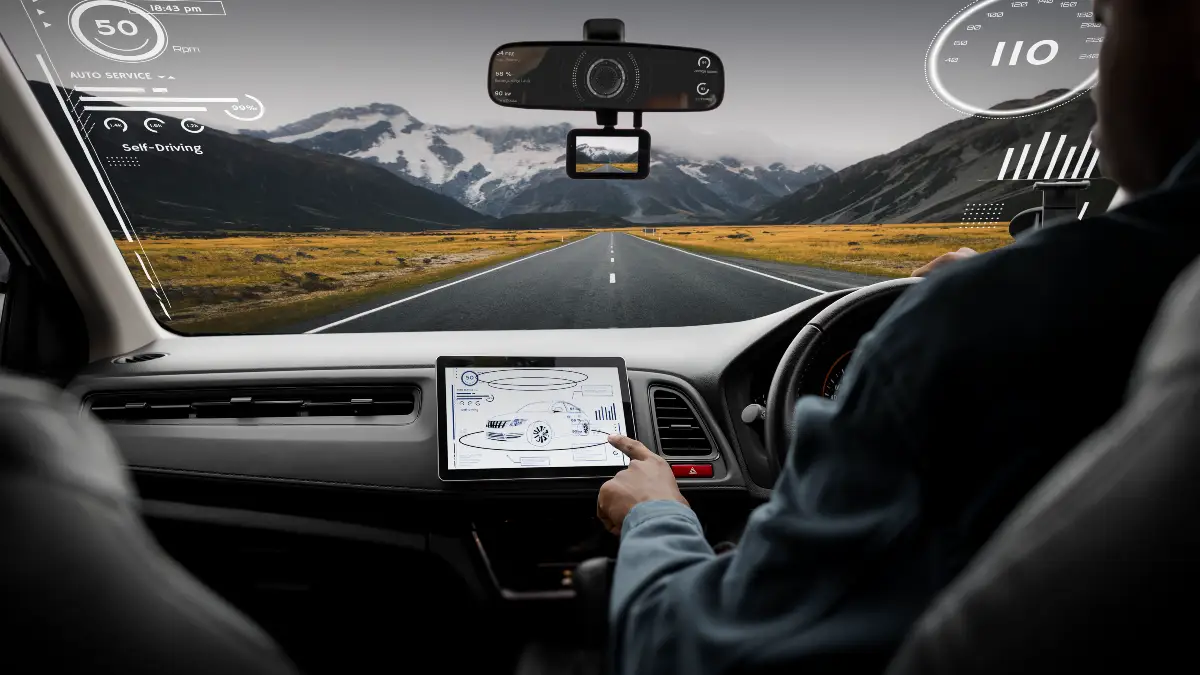
When I pressed the red OnStar button at hour 4, I heard a human voice within 30 seconds. They already knew my exact location, my vehicle make and model, and my situation. This technology didn’t exist 15 years ago. It saved my life.
OnStar uses GPS and cellular networks to transmit your exact coordinates to Emergency Advisors immediately when you press the emergency button.
According to General Motors, the system sends location data even if you’re unconscious or unable to speak. The advisor can see exactly where you are on a map and dispatch emergency services directly to your location.
If you don’t have OnStar, nearly all modern vehicles offer similar services: Ford’s FordPass, Nissan’s NissanConnect, Toyota’s SafetyConnect, Hyundai’s BlueLink, and more.
Each provides emergency response features that work anywhere with cellular service. LandAirSea reports that over 80% of new vehicles now include some form of built-in GPS tracking and emergency notification.
Even more impressive is how remote start technology could have helped before I got stuck. Subaru and Volvo’s systems allow you to precondition your vehicle—warming it before you enter and melting ice—which extends battery life during emergencies by starting with a fully warmed system.
Had I used this feature, my battery would have been at optimal temperature when I became stranded. For electric vehicle owners, the advantages in winter emergencies are substantial.
Car and Driver testing showed that an EV with a full charge kept occupants at 65°F for 45 hours in 15°F weather. Since EVs have no exhaust pipes, there’s zero carbon monoxide risk—eliminating the biggest killer in these situations.
Modern heat pumps in EVs are 3-4 times more efficient than resistive heating, extending the time you can stay warm. As of 2025, technology has advanced further. All new GM vehicles now include 8 years of free OnStar services, including emergency response.
This standardization means more drivers have access to potentially life-saving technology without subscription fees. OnStar’s automatic crash response connects to advisors immediately, even if the driver is unresponsive, and can detect rollovers and other accidents.
My GPS location sharing feature reduced my rescue time by an estimated 4-6 hours. Search and rescue teams knew exactly where to look instead of searching miles of snow-covered highway. In blizzard conditions, those hours made the difference.
(1) Download your vehicle’s emergency app, (2) Test the SOS button to understand how it works, (3) Enable location sharing with three trusted contacts. These features are already in your car—use them.
Hour 72: The rescue and what I learned
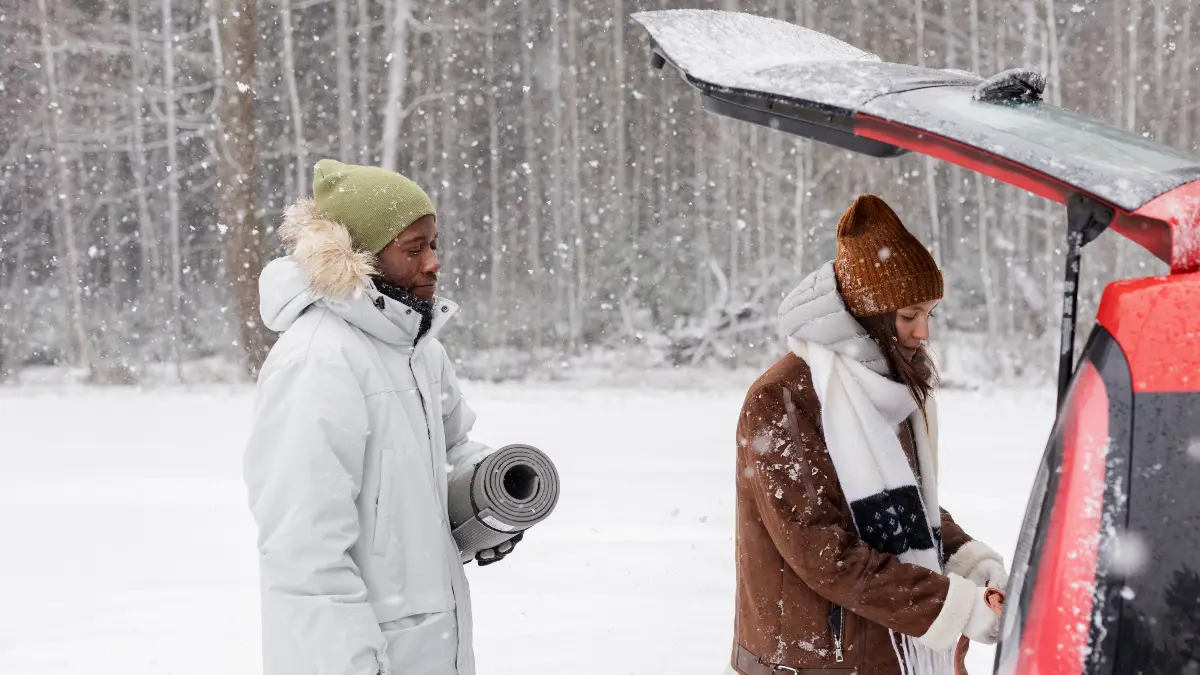
The helicopter appeared at 3:47 PM on day three. I saw it through the small patch of windshield I’d been keeping clear. I started crying before they even landed.
The first thing the paramedic said when they reached my car was, “You did everything right.” They had found me using the GPS coordinates from my OnStar emergency call and the text messages I’d sent to my family.
Later, I learned that search and rescue teams had been trying to reach me for over 24 hours but were hampered by the continuing blizzard.
The medical assessment was sobering: mild hypothermia (body temp 94.8°F), early frostbite on three fingers, dehydration, and exhaustion. But I was alive—and the paramedic said many people in my situation wouldn’t have been.
Looking back, three decisions saved my life:
First, staying with my vehicle instead of attempting to walk to what I thought was a building. The “building” turned out to be a snow-covered highway sign 200 yards away.
Second, managing carbon monoxide risk by religiously clearing my tailpipe before every engine start and running the engine only 10 minutes per hour.
Third, staying visible with my red scarf on the antenna and dome light on during engine operation. The helicopter pilot spotted my car because of these signals.
But the physical preparation was only half the battle. The mental challenge was just as difficult. Lauren Weinberg, who survived 10 days trapped in her car in Arizona, later said, “There were times I was afraid but mostly I had faith I would be found.”
I understood exactly what she meant. I found myself talking out loud, telling myself stories, and making plans for after rescue. Rita Chretien, who survived 49 days in Nevada, reported similar tactics: “I just kept my mind on what I needed to do and enjoyed my books.” The mental discipline to remain calm saved as many lives as physical preparation.
While I was fighting to survive, my family was experiencing their own nightmare. My sister later told me they took shifts staying awake, constantly calling emergency services and monitoring weather reports.
They coordinated with search and rescue teams, providing my last known location and car details. Their persistence helped keep my rescue a priority.
The average rescue time during major storms is 24-48 hours. Mine took 72 hours due to the severity of Winter Storm Blair, which dropped over 40 inches of snow and created 15-foot drifts across major highways.
The 72 hours I spent trapped in my car were the longest of my life. But they taught me three truths about survival that everyone who drives in winter needs to know.

